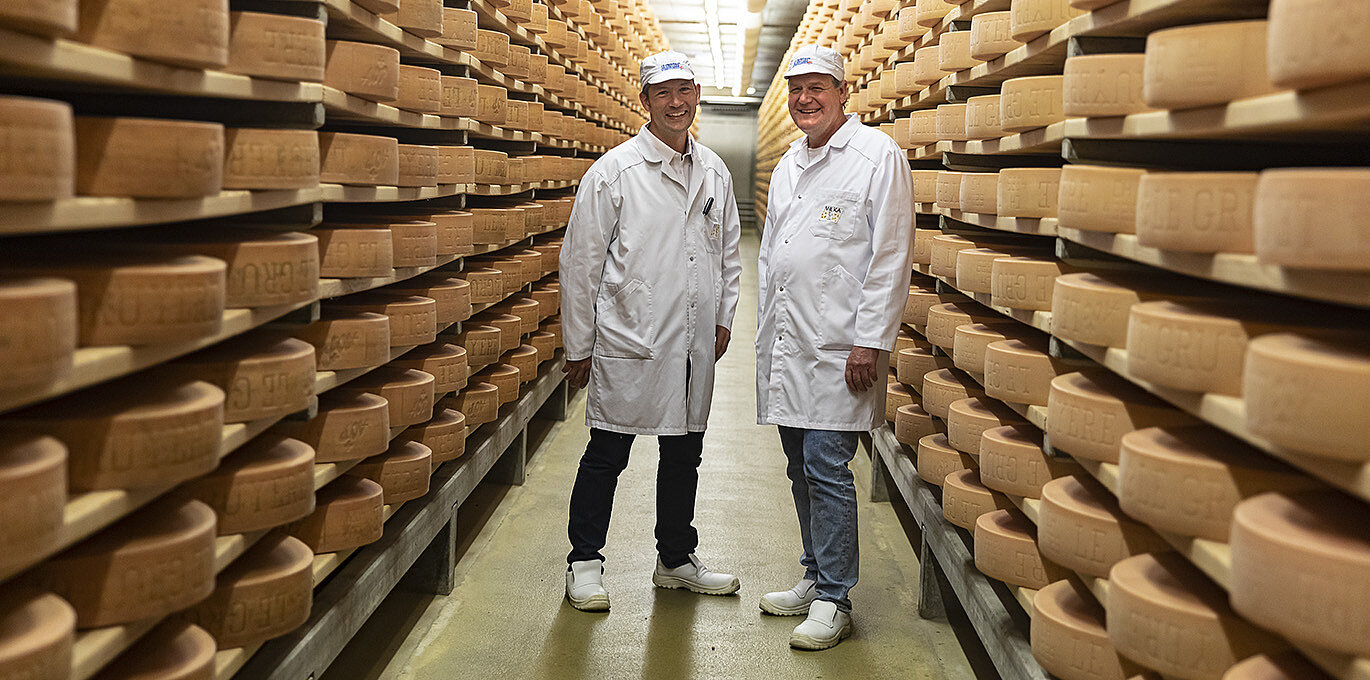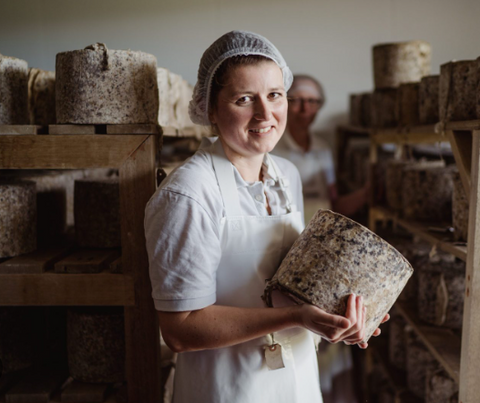The Best of Melbourne Made Cheese: Floridia Cheese Melbourne's One-of-a-kind Offerings
The Best of Melbourne Made Cheese: Floridia Cheese Melbourne's One-of-a-kind Offerings
Blog Article
Opening the Secrets of Artisanal Cheese Making: A Detailed Do It Yourself Guide
In the world of culinary workmanship, artisanal cheese making stands as a testament to the delicate balance between tradition and innovation. Each step in the process, from picking the ideal milk to improving aging methods, holds within it a wealth of understanding passed down through generations. As we start this trip to debunk the art of developing splendid cheeses, we are confronted with a tapestry of abilities and keys waiting to be unwinded. Join us as we discover the ins and outs of this old craft, where art, scientific research, and patience merge to produce tastes that tantalize the detects.
Picking the Right Milk
When beginning on the trip of artisanal cheese production, the selection of milk plays a vital function in identifying the quality and features of the final product. The type of milk chosen affects the flavor, appearance, and generally account of the cheese.
In addition, the resource of the milk, whether from cows, goats, lamb, or buffalo, adds unique flavors and features to the cheese. Each kind of milk brings its very own subtleties, permitting for a large array of cheese varieties to be crafted based on the picked milk.
Culturing and Coagulating
To start the cheese-making process, the essential actions of culturing and coagulating should be very carefully performed to transform milk right into curds and whey. Culturing includes presenting useful microorganisms to the milk, which then begins the fermentation procedure. These microorganisms transform lactose (milk sugar) into lactic acid, creating the acidic atmosphere needed for coagulation. The type of society made use of can considerably impact the flavor, structure, and ripening of the final cheese product.

The timing and temperature level control throughout culturing and coagulation are crucial factors that affect the final result of the cheese. Correct implementation of these actions is necessary to make sure the preferred structure, taste, and consistency of the artisanal cheese being generated.
Draining and Pressing Curds
After the milk proteins have coagulated and the curds have been reduced to release whey, the following important step in artisanal cheese making involves draining and pushing the curds to attain the preferred structure and consistency of the final cheese product. Draining pipes is the process of separating the curds from the whey. This visit this page can be done by moving the curds into a cheesecloth-lined colander or mold and mildew and permitting the whey to drain off normally. The moment for draining pipes can vary depending on the kind of cheese being made and the desired dampness content.
Pushing aids expel any type of staying whey and compacts the curds to form a solid cheese wheel. Appropriate pressing and draining are essential steps that dramatically influence the high quality and attributes of the artisanal cheese being generated.
Aging and Flavor Techniques
Implementing meticulous aging and flavor methods is pivotal in enhancing the deepness and intricacy of artisanal cheeses, elevating their taste accounts to elegant levels of improvement and class. Aging plays an important duty in creating the one-of-a-kind flavors and structures that identify artisanal cheeses.
Flavoring methods also add dramatically to the final preference of artisanal cheeses. Cheesemakers may choose to present additional tastes by incorporating active ingredients such as natural herbs, spices, and even fruits right into the cheese during the production procedure. Additionally, some cheeses are cleaned or rubbed with different fluids, such as salt water or alcohol, to improve their flavors and structures.
Covering and Storing Cheeses

Conclusion
In verdict, grasping the art of artisanal cheese making involves very carefully selecting the ideal milk, adhering to exact culturing and coagulating procedures, draining pipes and pushing curds efficiently, and using various aging and flavoring methods. Remember to cover and keep your cheeses correctly to make sure optimal flavor and appearance development.
Each type of milk brings its own nuances, allowing for a broad variety of cheese selections to be crafted based on the picked milk.After the milk healthy proteins have coagulated and the curds have been cut to launch whey, the following important action in visit this site artisanal cheese making involves draining pipes and pressing the curds to accomplish the desired appearance and consistency of the final cheese product. A lot of cheeses ought to be wrapped in wax paper or cheese paper to enable them to take a breath while securing them from drying out. For cheeses that require to proceed aging, such as bloomy peels or washed rinds, guarantee they are kept in a great environment like a cheese cavern or a fridge set to the appropriate temperature. By paying attention to the wrapping and storage space of artisanal cheeses, cheese makers and enthusiasts can preserve the integrity of these delicacies and totally enjoy their complicated flavors.
Report this page